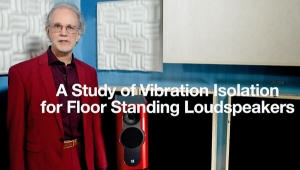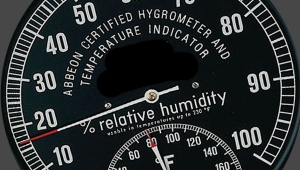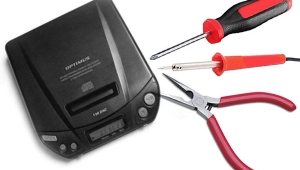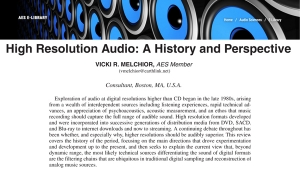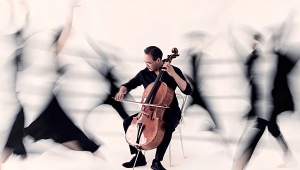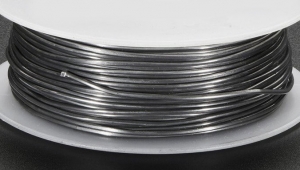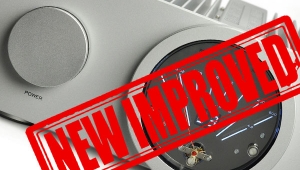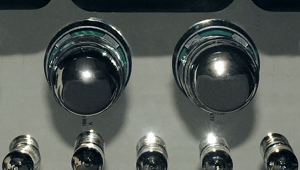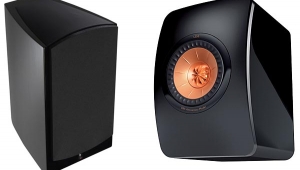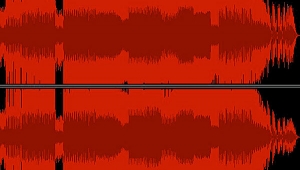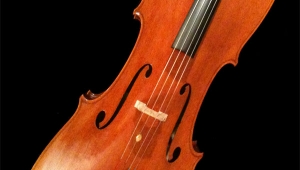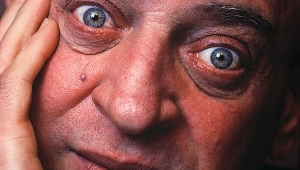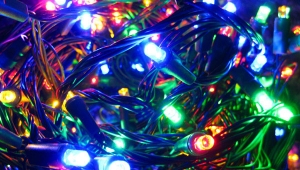| Columns Retired Columns & Blogs |
Scientists vs Audiophiles 1999 A Letter
A letter in response appeared in July 1999:
Footnote 1: See, for instance, Mathematical Methods in Physics, 2nd edition, p.98.
Undercurrents
Editor: Reading George Reisch's "Undercurrents" in the March Stereophile (p.47), I had two strong, and opposite, reactions.
An explanation of my background might hint at why: trained as a physicist, I am currently an engineer in the new field of optical networks. In addition, as the only nonmusician in my family, I had the privilege while growing up of free tickets to the Metropolitan Opera and numerous other musical events. These I attended in addition to rock and Indian classical concerts. In addition, I am an unabashed audiophile.
It is therefore with great sympathy that I read Reisch's column. I have also heard audiophile bashing, often from engineers. Meanwhile, despite the fact that many of the audible differences—caused, for instance, by changing from one brand of speaker cable to another—might not currently be measurable, I have no doubts about my ability to hear those differences. I am aware that many of the nonbelievers in such things cannot hear these differences, but that does not faze me. The differences we audiophiles are talking about are not enormous, by any means; it takes a large amount of listening to learn how to hear some of these things.
However, I felt that Reisch's main argument was intellectually lazy, if not slightly cowardly. We do not need quantum gravity or superstring theory—which only apply at the extremely high energies seen a tiny fraction of a second after the Big Bang—to explain high-end audio. In the end, it all boils down to "simple" things such as the movement of a speaker cone and the acoustics of the room. In theory, therefore, any change in our components, no matter how small, should ultimately be mappable to a difference in sound waves hitting our ears.
Ah, but there's the rub: in theory. And no, I didn't italicize the word theory because I believe standard theory is wrong. I italicized it because even simple theory can actually be tremendously complex when applied to reality.
In school, engineers are taught formulae and rules of thumb that are simplifications of a much more complex physical theory. What one will often find when talking to the audiophile naysayers is that they haven't dug into many of the issues facing a high-end manufacturer to the level of detail needed to fully understand something as simple as, say, a speaker cable. What many of these naysayers are really doing is living in the comfort of their own intellectual prejudices.
Let's quote an example. In a recent issue of Stereophile, the designer of the dCS Elgar DAC was explaining how supersonic frequencies in the audio signal can have an audible effect. Although many engineers are familiar with Gibbs' Phenomenon, how many have taken the time to recognize that, even in theory, it is clear that supersonic frequency components can cancel the (probably audible) ripple on the edge of a squarewave (to a limit, that is!) (footnote 1). Many naysayers will wave the flag of Nyquist/Shannon in an attempt to whisk away this idea, often not realizing that Nyquist/Shannon is in no way violated by this fact.
Cables are another example. As a rule of thumb, engineers are often notoriously bad at electromagnetic theory, and run at the sight of Maxwell's Equations when expressed in DIVs and CURLs. Indeed, for the subjects that most engineers deal with, only the results of EM theory are needed. It is tempting, therefore, for many engineers to look at an audio cable in the terms they are used to: basic impedance.
A very close look at the (classical!) EM theory behind cables will show that the issue is actually far from simple. It should not be inconceivable that the human ear might be able to distinguish minute differences in cable design, differences that might or might not be currently measurable by even a very good engineer (which is not to say that those differences are inherently unmeasurable, just that a method for measuring that particular level of detail might not have been developed yet).
No doubt there are a lot of wacky claims out there—for instance, light can not be used to block out light. I once purchased a CD demagnetizer, but returned it because the differences it seemed to have imparted were so small I could not say without doubt that they were not coming from my own mind. But despite the witchcraft that might or might not exist in high-end audio, in the end I trust my ears. And frankly, I basically trust the ears of the audiophile community as a whole. But as for measuring or explaining what we hear when we listen to some high-end equipment, it isn't necessary to go to quantum theory or quantum electrodynamics. It does, however, require that someone look at the classical theory in a level of detail far beyond that at which prejudice would normally yell "stop!"—G. Emory Anderson, ganderso@telcordia.com
Footnote 1: See, for instance, Mathematical Methods in Physics, 2nd edition, p.98.
- Log in or register to post comments
